Mwea National Reserve
Mwea National Reserve, established in 1976, is a testament to Kenya’s dedication to preserving its natural heritage. Spanning an impressive 42 square kilometers, the reserve is primarily characterized by lush Acacia-Commiphora bushland along the northern shore of the Kamburu Reservoir, strategically located at the confluence of the Tana and Thiba Rivers.
The reserve is accessible by road from Nairobi via the Thika-Matuu-Masinga Dam route (160 km), which is Tarmac until the Masinga Dam Bridge, followed by 10 km of dirt road to Makima Gate. Alternatively, access is possible via Embu-Machanga. For air travelers, the reserve is a 30-minute drive from the Masinga airstrip.
Mwea National Reserve Vegetation
This unique geographical positioning not only creates a tranquil environment but also supports a diverse array of wildlife. As you explore Mwea National Reserve, you will encounter thick bushes interspersed with scattered trees, including the iconic baobab (Adansonia digitata), which dot the waterfront with their majestic presence.
These ancient trees serve as vital components of the ecosystem while providing shelter and food for various bird species and other fauna. Additionally, richer scrub and woodland flourish along seasonal rivers and streams that crisscross through this vibrant habitat.
One cannot overlook the impressive growth of Sesbania, which blankets floodplains—particularly in the northern part of Thiba—with a broad yet dense cover that thrives during wet seasons. This vegetation contributes to biodiversity and plays a crucial role in stabilizing soil and preventing erosion.
Climate in Mwea National Reserve
The climate in Mwea National Reserve can be characterized as semi-arid, which presents a unique set of environmental conditions that play a crucial role in shaping the local ecosystem.
With an annual rainfall ranging from 510 to 760 millimeters, this reserve experiences distinct wet and dry seasons that significantly impact the flora and fauna found within its borders.
This variability in precipitation not only affects the growth patterns of native vegetation but also impacts the wildlife that depends on these resources for survival.
The semi-arid climate creates a delicate balance; during the wetter months, life flourishes as plants bloom and animals thrive, while during drier periods, species must adapt to more challenging conditions, highlighting their resilience and adaptability.
Mwea National Reserve Wildlife and Birds
Mwea National Reserve is home to a remarkable array of wildlife that captivates the hearts of nature enthusiasts and adventurers alike. Among its most iconic residents are the majestic elephants, which roam the landscape with grace and power, embodying the spirit of the African wilderness.
Visitors can also marvel at the elegant Rothschild giraffes, standing tall against the backdrop of lush savannahs, and witness herds of Common zebras grazing peacefully alongside other fascinating species such as Lesser kudu and Buffalo.
The reserve serves as a sanctuary for waterbuck, bushbuck, Impala, Vervet Monkeys, Aardvark, Yellow baboons, Grant’s gazelle, dik-dik, Cape hare, Warthog, Black-backed jackal, Duiker, Sykes monkeys, Genet cat, Slender mongoose, Striped ground squirrels, and many more creatures that contribute to its rich biodiversity.
Moreover, Mwea National Reserve boasts an impressive avian diversity that further enhances its ecological significance. With over 200 bird species recorded to date—making it an Important Bird Area (IBA)—the reserve is a haven for birdwatchers and ornithologists alike.
Notably unique to this protected area is Hinde’s babbler (Turdoides hindei), a globally threatened species endemic to Kenya. This elusive bird finds refuge within Mwea’s diverse habitats, a testament to the reserve’s vital role in conservation efforts.
In addition to Hinde’s babbler are two other rare avian inhabitants: the Pel’s fishing owl (Scotopelia peli), known for its striking appearance and nocturnal hunting prowess; and the white-backed night heron (Gorsachius leuconotus), which adds an intriguing element to Mwea’s rich tapestry of wildlife. Also frequently spotted is the Malagasy pond heron (Ardeola idae), which adds a distinctive presence to wetlands.
Activities Include:
✔ Guided Nature Walks: A variety of nature trails have been created to suit your walking safari, featuring animal sighting points.
✔ Boat riding: Tourists at Mwea reserve can have a thrilling experience at Kamburu dam and see many water birds, beautiful scenery, and lots of hippos on a boat.
✔ Picnics: You can explore the reserve on a planned picnic trip, which takes approximately two hours. There are picnic sites set up where you can enjoy your lunch with stunning views of nature.
✔ Bird Watching: Bird watching in Mwea National Reserve is rewarding to bird lovers. It is home to over 200 bird species, some of which are endemic to this area, including Hindes babbler, Pels fishing owl, Malagasy pond heron, and white backed night Heron.
✔ Game Viewing: Animals spotted on a game drive in this reserve include; stripped ground squirrels, Genet, black backed jackals, rock hyraxes, yellow baboons, water bucks, zebras, buffalos, bush bucks, African leopards, African elephants, impalas, lesser kudus, common duikers, Nile crocodiles, giraffes, bush pigs, water bucks, Sykes monkey, warthog and hartebeest to mention a few.
✔ Camping: Mwea National Reserve has various public and private campsites. Camping is one of the best ways to feel closer to nature than even spending a night in a luxury hotel. The reserve has seven campsites, namely Githechu Camp, Sylvester Camp, Kyangosi Camp, Kanyonga Camp, Mbogo Camp, and Hippo Point Camp. These camps always provide all the basic needs for your Safari to be memorable.
View our day tour to Mwea National Reserve below:
Mwea National Reserve Day Trip Safari | Click Here
Accommodation in Mwea National Reserve
There are no lodges, tented camps, or self-catering accommodation options in Mwea Reserve. Masinga Lodge is located at Masinga Dam outside the Reserve. The reserve has seven campsites: Mbogo, Silvester, Mavuria, Kyangosi, Hippo-Point, Kanyonga, and Githechu.
Mwea National Reserve Park Entry Fees
2025 Mwea National Reserve Entrance Fees |
||
Citizen/ Resident Rate
|
Non-Resident Rate
|
|
| Adult | 300 Kenya Shillings | 25 US Dollars |
| Child | 215 Kenya Shillings | 15 US Dollars |
Notes
* Child refers to persons from three years but below 11 years
* Resident refers to persons of other nationalities residing in Kenya with valid documentation from the Kenyan government
* Citizen – A native or inhabitant of East African countries (Kenya, Uganda, Tanzania, Rwanda, Burundi, and SouthSudan) with valid identification documents or passport
* Daily – Fee paid for a single entry to a national park, national reserve, or sanctuary, and which shall be valid for no longer than twenty-four hours
Mwea National Reserve Pictures
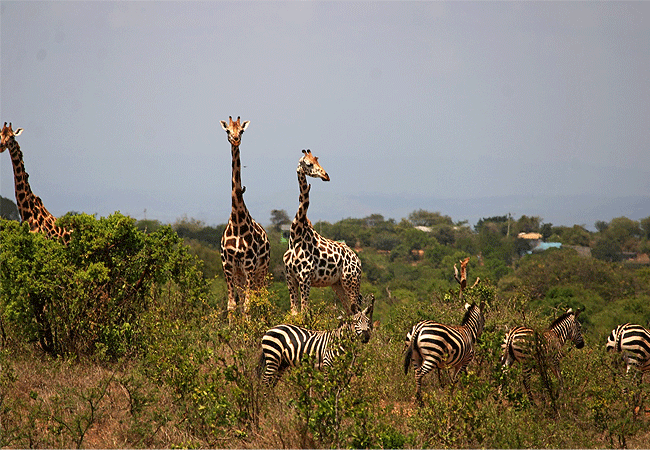
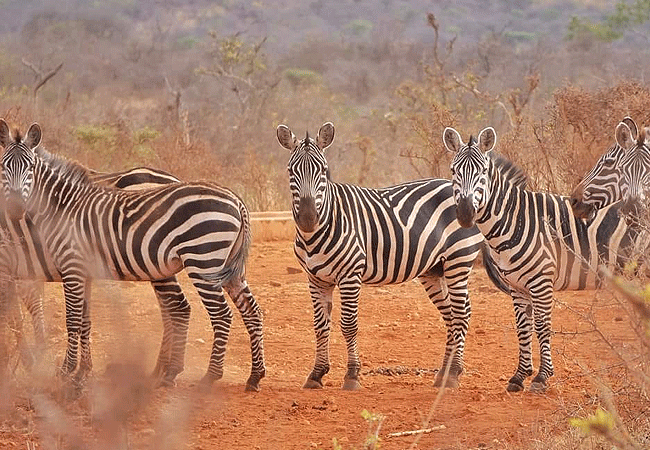
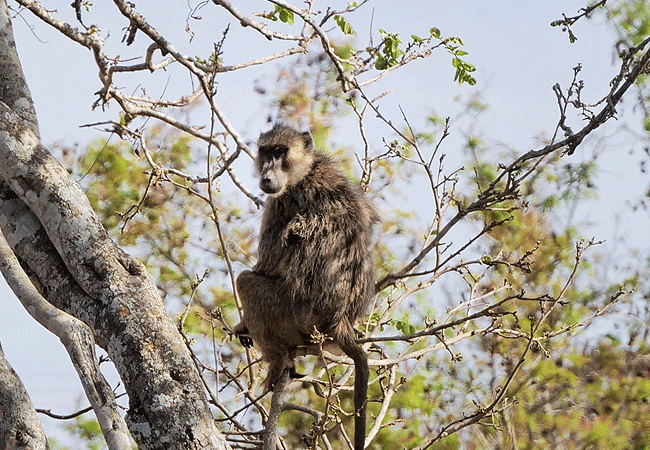
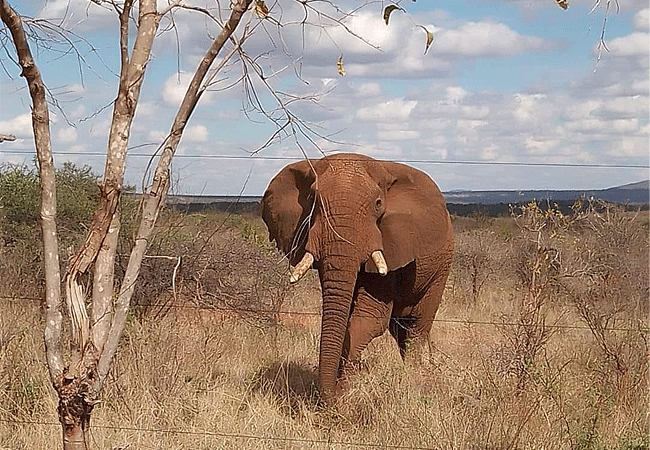
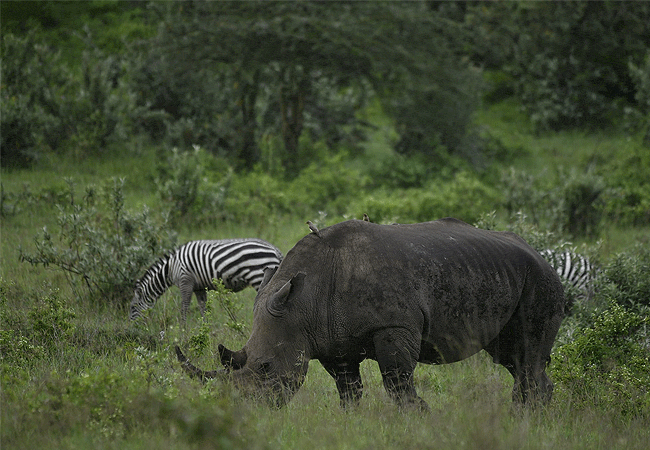
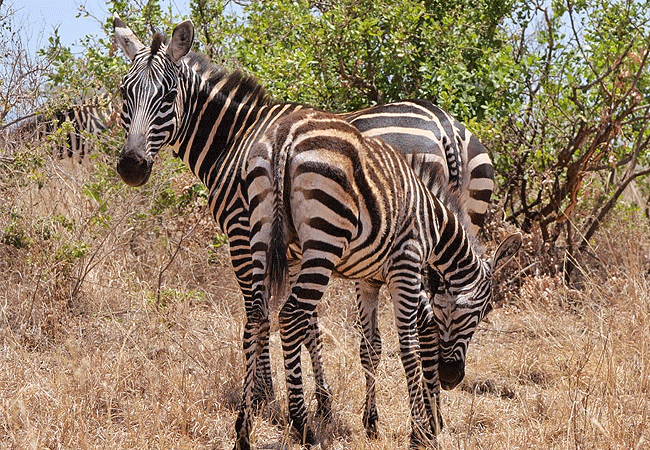
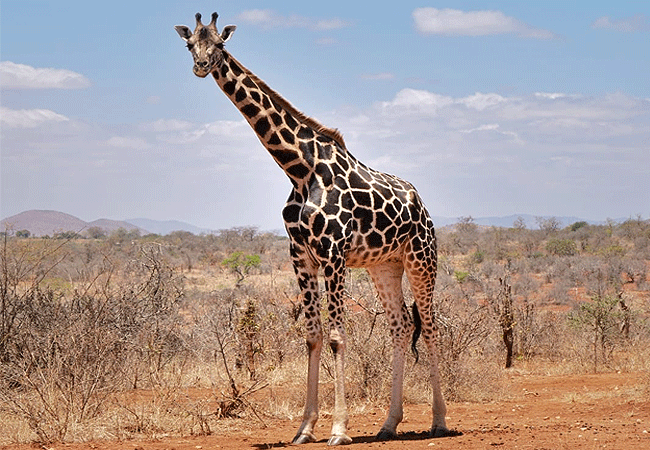
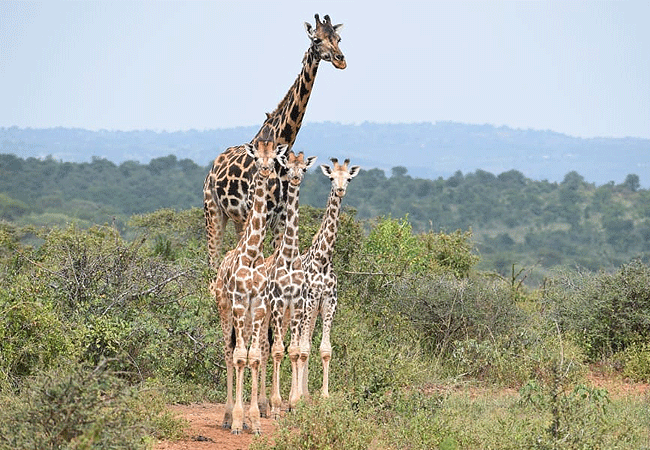
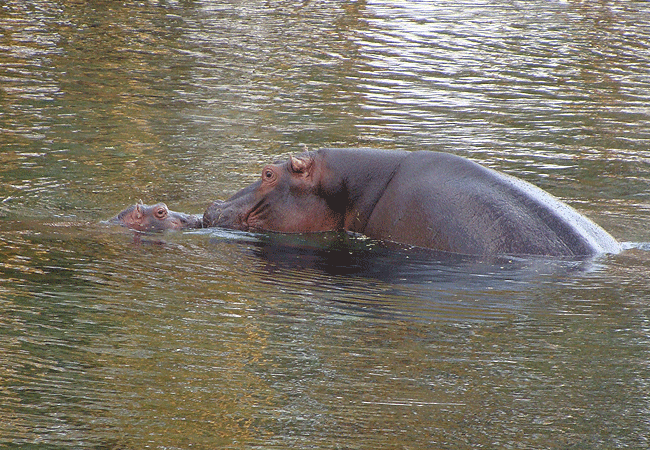
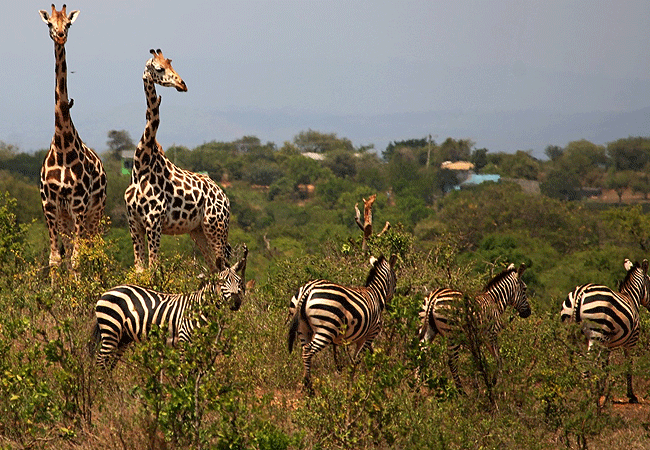
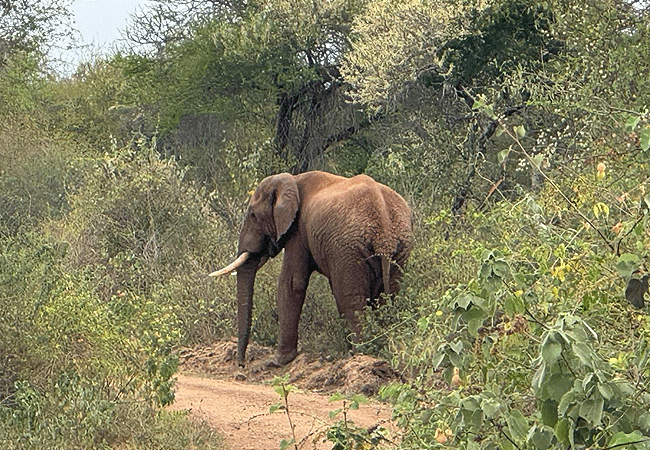
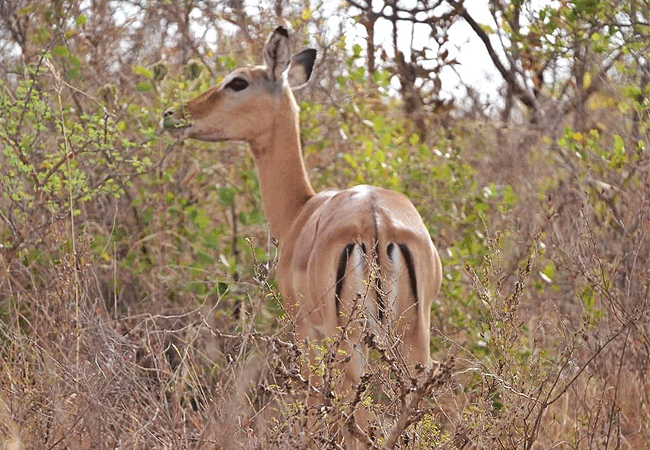
Booking & Reservations Mwea National Reserve Contact
Mobile: + 254-721-242-711
WhatsApp: +254-721-242-711
Reservations: +254 718-179-967
Email: [email protected]
Website: https://africanspicesafaris.com
